Turkey hunting has become increasingly popular over the past few years. Why? For many hunters it is an extension of the hunting season that ended several months before; another chance to get back out in the woods.
But probably the biggest reason is their rapidly expanding range and population. In some regions of the country they are downright pesky. The season has started in some southern states but it is not too late to get in on the action. Let’s see what you need to get started.
Where did all these turkeys come from?
The popularity of turkey hunting has exploded over the last 20 years. It wasn’t always so. In 1900 the estimated turkey population in the United States was about 100,000 birds.
Recent estimates put it at nearly 7 million among all the sub-species. This has much to do with sporting organization efforts such as the National Wild Turkey Federation.
The North American turkey species actually has five sub-species:
- Eastern,
- Florida (Osceola),
- Rio Grande,
- Merriam’s,
- Gould’s.
The largest percentage with the widest population distribution is the Eastern with the others in smaller numbers in specific geographic regions.
All states that allow turkey hunting have a Spring season that varies by state and region. Male turkeys (referred to as toms or gobblers), or bearded turkeys, can only be bagged.
This is typically determined by the breeding season which usually starts earlier in the southern states, as early as March, with more northern states’ season starting later in April or May. Check your states’ game regulations to determine the start and end date as well as bag limits. Some states do have a Fall season when turkey populations are sufficient to permit it.
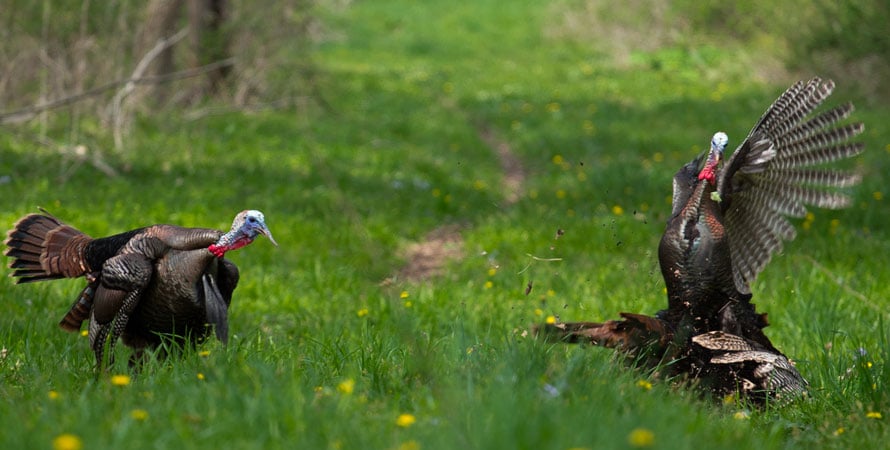
However, Spring is the most popular time to hunt them because the gobblers are easily attracted by calling as they attempt to breed as many females as possible. Like in many game species, there is a “pecking order” among male turkeys. Usually within a flock there will be a dominant older Tom along with several other mature birds and first year males called “jakes”.
A good gauge of a Tom’s age is the length of its beard just below the neck, with older birds having the longest beards.
Key to success: boots on the ground
Like any other game you hunt pre-season preparation is critical to success, and a key element in that is scouting.
Just like in deer hunting, you can’t just walk out in the woods, sit down, and wait for the game to come to you. You need to know where they are.
Just because you saw a flock of 30 birds in a field in January doesn’t mean they will be there on opening day. As breeding season approaches that flock breaks up as the hens prepare to nest and toms gobble and strut looking for breeding hens.
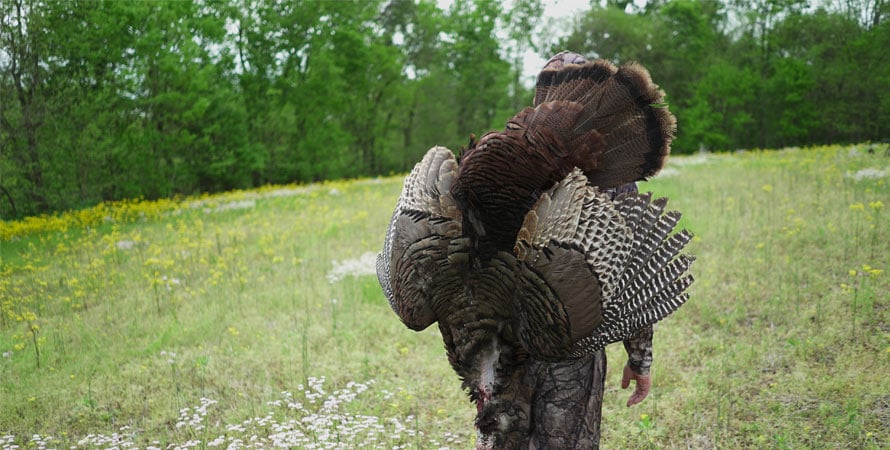
You can start where you saw them in the winter, but be prepared to move around.
Turkeys roost in trees at night and the toms will typically gobble several times before flying down from the roost in the morning. Being in the woods as dawn approaches is a good time to locate favorite roosting trees and areas. When you hear a tom gobble at daylight move in that direction, but not too close. What you are looking for is where they land when they fly down and in which direction they move when they hit the ground.
That gives you a good idea where you need to set up to call in a big tom.
Like any other hunting, equipment is required
So what equipment do you need to hit the woods and fields? You can go heavy or go light.
As a minimum you will need a call and shotgun. And in our grandfathers’ time many a turkey was killed wearing work overalls, with a box call, and a squirrel gun.
But times have changed and partly because of hunting pressure turkeys have become more wary. So most hunters today consider these essential: camouflage clothing, several calls, decoys, and a shotgun with shells designed for turkey. Let’s see if we can help you make the best choices for each of these.
Hiding from the birds
Most hunters will tell you that over the years turkeys have grown more wary of predators to include humans. The one thing that will give you away faster than anything is movement. That is where the proper camouflage clothing gives you an edge. You blend in with the terrain and vegetation and reduces the turkey’s ability to see slight movements you make.
If your turkey hunt is on the same property you deer hunt on you are probably in good shape here. You’ve already got a pattern that works.

If not, pick a pattern that will best blend in with your local area. There are numerous patterns out there by different manufacturers available at your local sporting goods store or online retailers like Natchez. Remember we want to fully blend in, so you will also need camo gloves and face mask to compliment that clothing.
Another piece of clothing that has become essential is a turkey vest. A vest in the same camo pattern with several pockets and a pouch on the back is what you normally find.
All those pockets will come in handy when we start looking at all the types of calls you want to carry to the woods. And the pouch on the back is just the right size for carrying a couple of collapsible decoys to the field.
Get them coming to you!
There was a time when all you needed to call in a big gobbler was a simple box call. Not anymore.
Now your options are unlimited based on your level of experience and how much practice you are willing to put in to getting ready. Some of the most popular types of commercially produced calls are: Push Pin, Box, Friction, Diaphragm, Locator, Gobble. Let’s look at a brief description of each.
- Push Pin – This is probably the simplest to learn and use. It is a small box with a pin in the side that you push to move a striker across a chalked slate. Requiring one hand operation, some models can also be mounted to the foreend or barrel of the shotgun so you can use it with the gun pre-mounted.
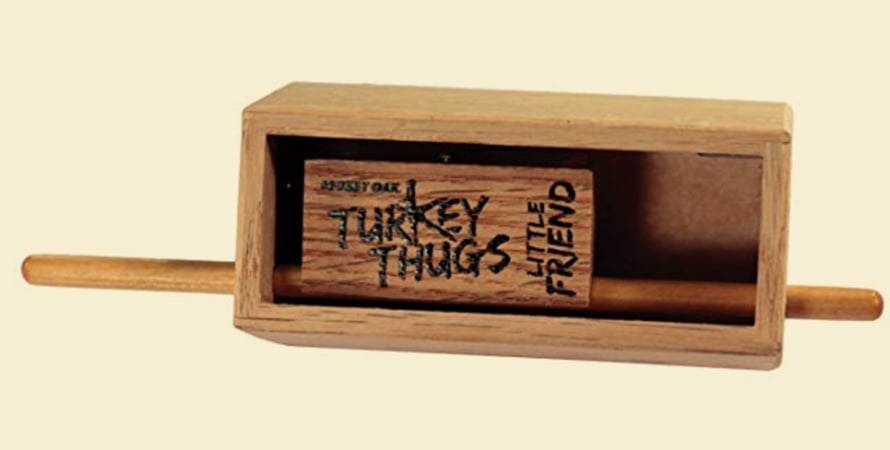
- Box – This is the tradition, “old school”, turkey call. You operate it by moving a paddle across the chalked edge of the box to make realistic yelps, clucks, and purrs mimicking the sounds of a hen turkey. Although all box calls follow a similar design, they may differ in size and type of wood which results in different tones. All turkey hunters usually have a box call in their vest. Pick a size and tone that best meets your needs.
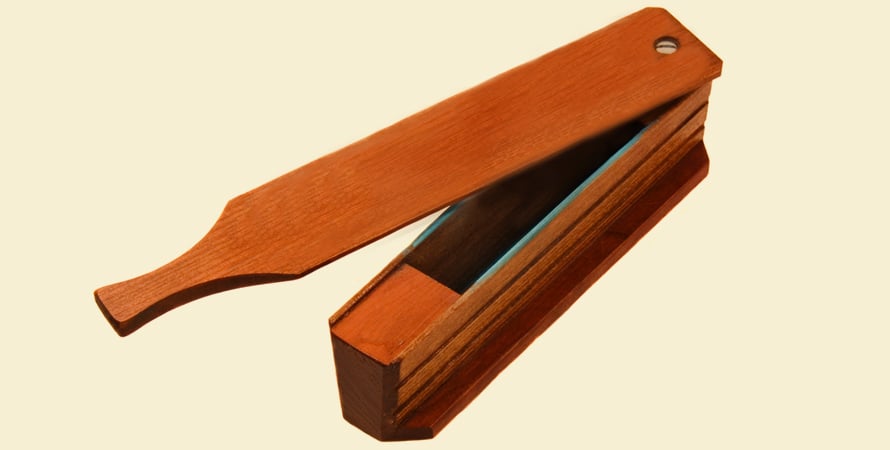
- Friction – Commonly referred to as slate or pot call, a friction call has a slate or similar material in a frame (pot) and a striker with a handle. The hunter moves the striker in a circular pattern across the slate to make realistic yelps. Again, slates and strikers come in different materials so choose one that you can easily operate. Like the box call, the Friction requires both hands to operate. Tones are usually quieter than a box so they are good for working close in gobblers. Like the box call, most serious turkey hunters have one of these in their inventory.

- Diaphragm – The diaphragm is probably the most popular among serious turkey hunters for one reason: hands free operation. This call is typically one to three layers of latex tightened in an enclosed frame that you pinch between your teeth and make calls by pushing air through it. It is probably the most difficult call to master and requires a lot of practice before the season.
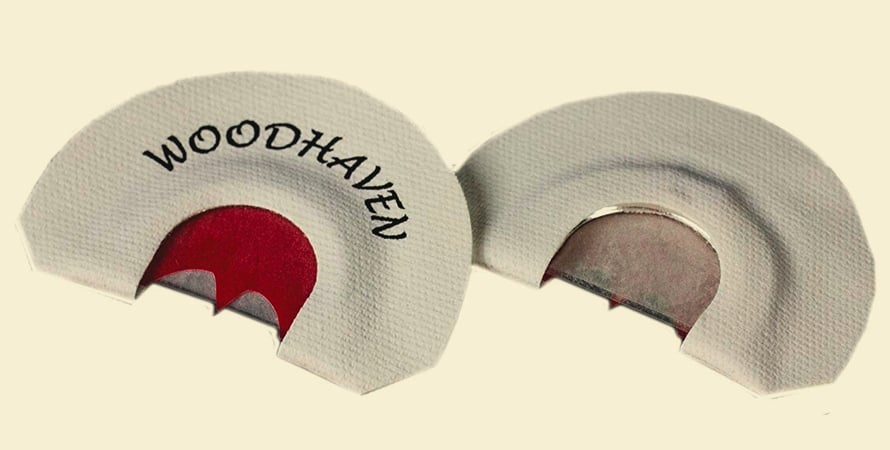
- Locator – There are usually either owl or crow calls and are used early in the morning to get a tom to gobble on the roost and give away his location or late in the evening after they are on the roost to identify roost locations for the next morning’s hunt.
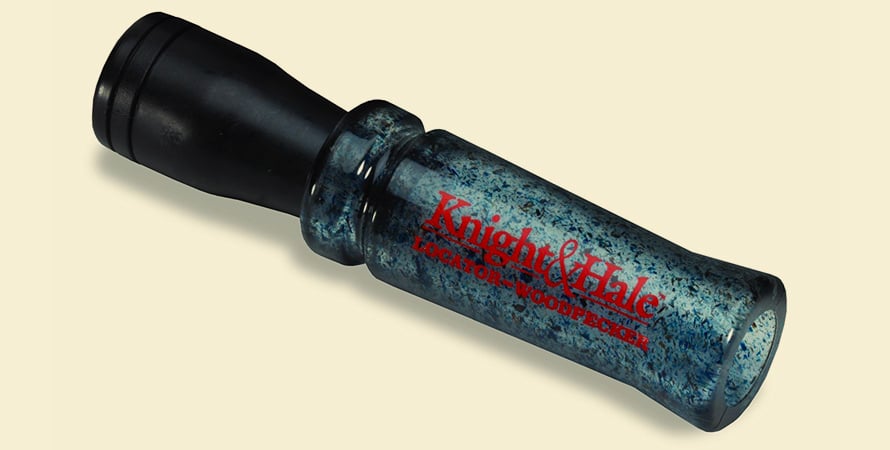
Close the deal with decoys!
During early turkey hunting days there were no decoys. Experienced toms have gotten wiser over the years. Decoys are not necessary to turkey hunt, but they can help you close the deal. As seductive as your yelps and clucks may sound, if a tom gets to your location and doesn’t see a hen he may hang up outside shooting range.
As a minimum consider getting one or two collapsible hen decoys. They are lightweight and can roll up to be carried in the pouch on your vest. MOJO Outdoors produces battery operated Gobbler motion decoys that rotate and simulate a strutting gobbler. These are very effective if trying to lure in a dominant tom trying to protect his breeding territory and hens.
Once you reach your stand location, place the decoys 20 – 25 yards in front so they are clearly visible from all directions. It is always a good idea to pace off the distance from the decoys to your stand so you have a known distance for shooting.
Will i need a special gun?
If you put together the clothing, calls, and decoys without the weapon then you are just bird watching. Most states allow only shotguns and archery for Spring turkey hunting. Check your state game regulations to see what is allowed.
Rifles, both rimfire and centerfire, are usually prohibited by state law primarily for safety reasons. Even if archery is allowed, the vast majority of hunters use shotguns for turkey.
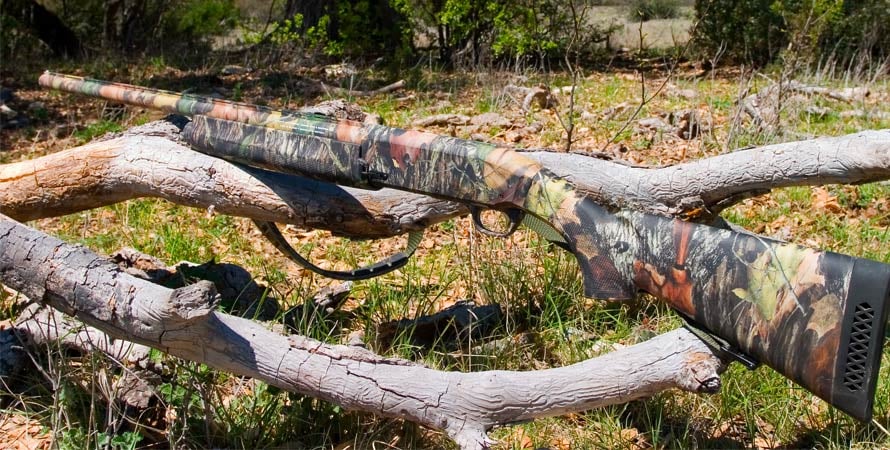
Because of the popularity of turkey hunting many gun makers offer specialized turkey shotguns. The good news is you do not need one of those to get started. Your current bird or duck gun will do. Most hunters choose a 12 gauge for the amount of shot it offers, but don’t discount the 20 gauge which is gaining in popularity because of its lower recoil.
A Full choke is the minimum needed.
Many companies make Extra Full chokes just for turkey hunting. Most modern guns come with several choke tubes, Full being one of them.
There are a couple of reasons for a tight choke.
First, shots at turkey can be at longer than normal ranges, up to 40 – 50 yards. Second, the target area is small.
Unlike on a deer where the vital area is the heart and lung, the most effective way to bring down a turkey is a head and neck shot. That gives us a target 10 – 12 inches long and a couple of inches wide. You need to put as much shot in that small area as possible for a killing shot. There is an excellent article here at The Hunting Spot: Shotgun Chokes How To Use Them on the purpose of chokes and proper choke selection.
This isn’t like bird hunting – sights help
Most shotguns come with bead sights mounted on the barrel or rib. Since a stationary shot at a turkey is more like a rifle shot than shooting at a moving bird or clay target, many turkey hunters choose to mount fiber optic rifle type sights on the vent rib of the shotgun. Some chose to mount a red dot sight to the receiver. Either of these options will help insure proper barrel alignment with the mid-point on a turkey’s neck.
Choose the proper turkey load
All the pieces are coming together to get in the field. There is one final component to consider, the shotshell. Again, many companies make specific loads for turkey hunting, including Baschieri & Pellagri Magnum Turkey loads.
Most modern turkey loads come in both 3 and 3 ½ inch lengths and a variety of shot sizes. Quality turkey loads are designed to reduce shot deformation and hold a tighter pattern than standard loads.
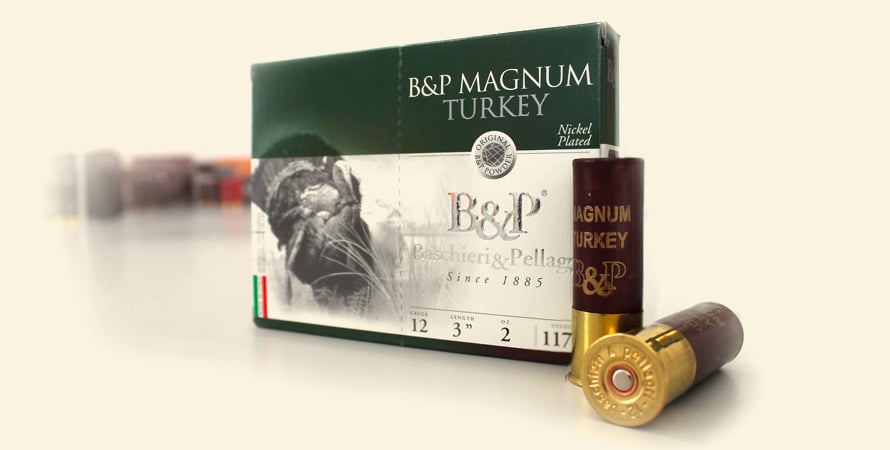
The B&P Magnum Turkey loads have nickel plated shot with a wad and shot container to hold the shot together at greater distance for that purpose. If possible it is good to buy two different shot sizes, like #4 and #6, to test which is more effective in your particular shotgun.
Patterning: don’t neglect this
Many a turkey has run away because the pattern missed its mark.
A deer hunter wouldn’t think of buying a gun off the rack and heading straight to the woods. But that same hunter will pull out the shotgun, put in a new choke tube, buy the latest turkey load and head to the woods. And then wonder why he missed.
Different shotgun and choke tube combinations will pattern the same load differently. Sometimes within a specific brand shot sizes will pattern differently. After all the work getting ready for the season, and to insure success, the last and a very critical step is patterning the shotgun/load combination you have chosen.
A detailed description of how to do this is at The Hunting Spot: How to Pattern a Shotgun and Become a Pattern Master.
There are two things we are looking for: shot distribution and density. Is the shot evenly distributed around the point of aim?
And at normal hunting distances of 30 – 40 yards did enough shot hit in the vital head and neck area?
Although not necessary, it is best to use a turkey head and neck profile target specifically designed for load patterning. Several target makers offer these in full size profile. Using one of these will better provide answers to both shot distribution and density. If you are just getting started turkey hunting, it’s a good idea to test several loads at different distances to see which works best in your shotgun and choke tube combination.
We took the B&P Magnum Turkey loads to the range to pattern our shotgun. We chose the 12 gauge, 3 inch, 2 ounce load in #5 shot. Our gun had been patterned before for point of aim so we were looking for shot distribution and density at both 25 and 40 yards. Using turkey head and neck profile targets the results are shown here.
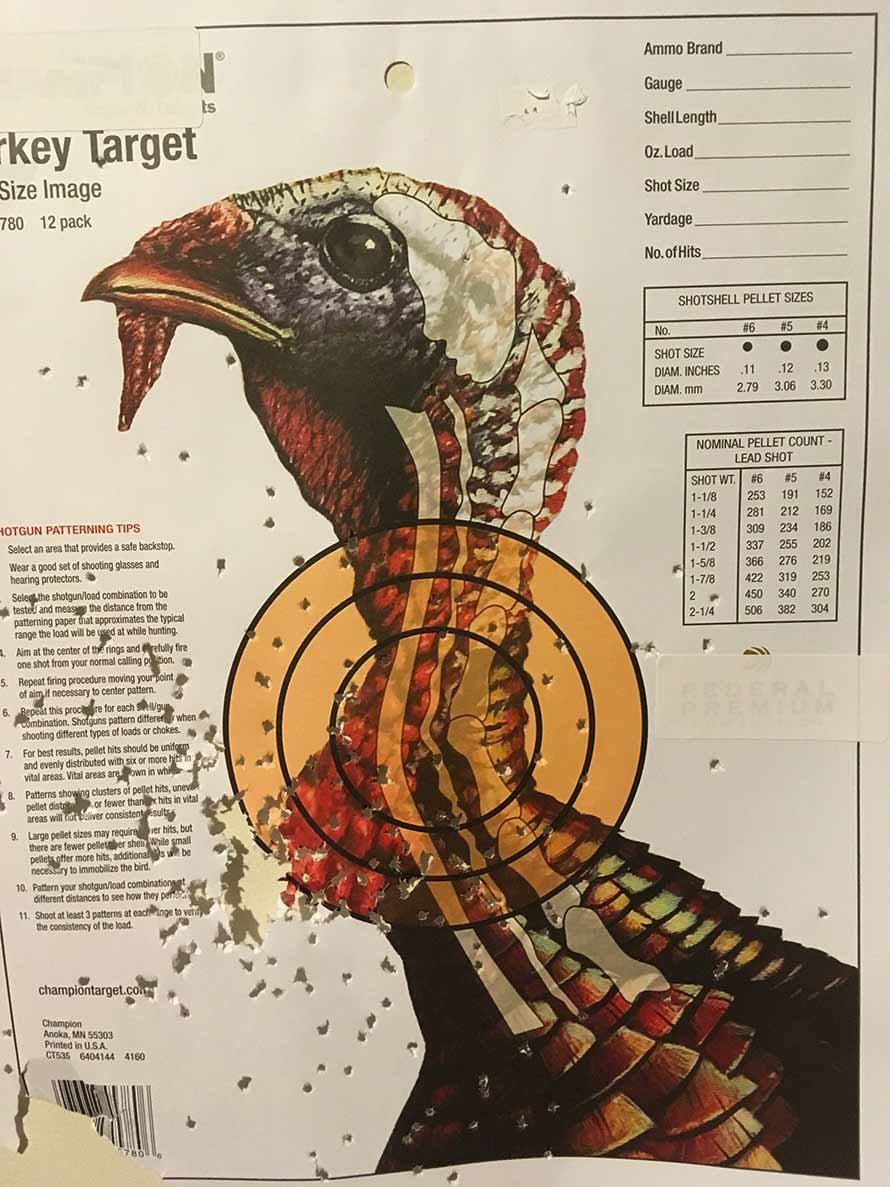
Results of the B&P Magnum Turkey at 25 yards. A very tight pattern just a little low and left.
As you can see, the 25 yard pattern is slightly low and to the left but shot density is a killing shot. You may notice at that distance the wad also went through the target indicated by the large hole bottom left.
The 40 yard target has a more open distribution of shot, but still enough pellets to kill the bird. The B&P Magnum Turkey loads were designed to perform best in an Extra Full or Turkey choke while a standard Full choke was used for the pattern test.
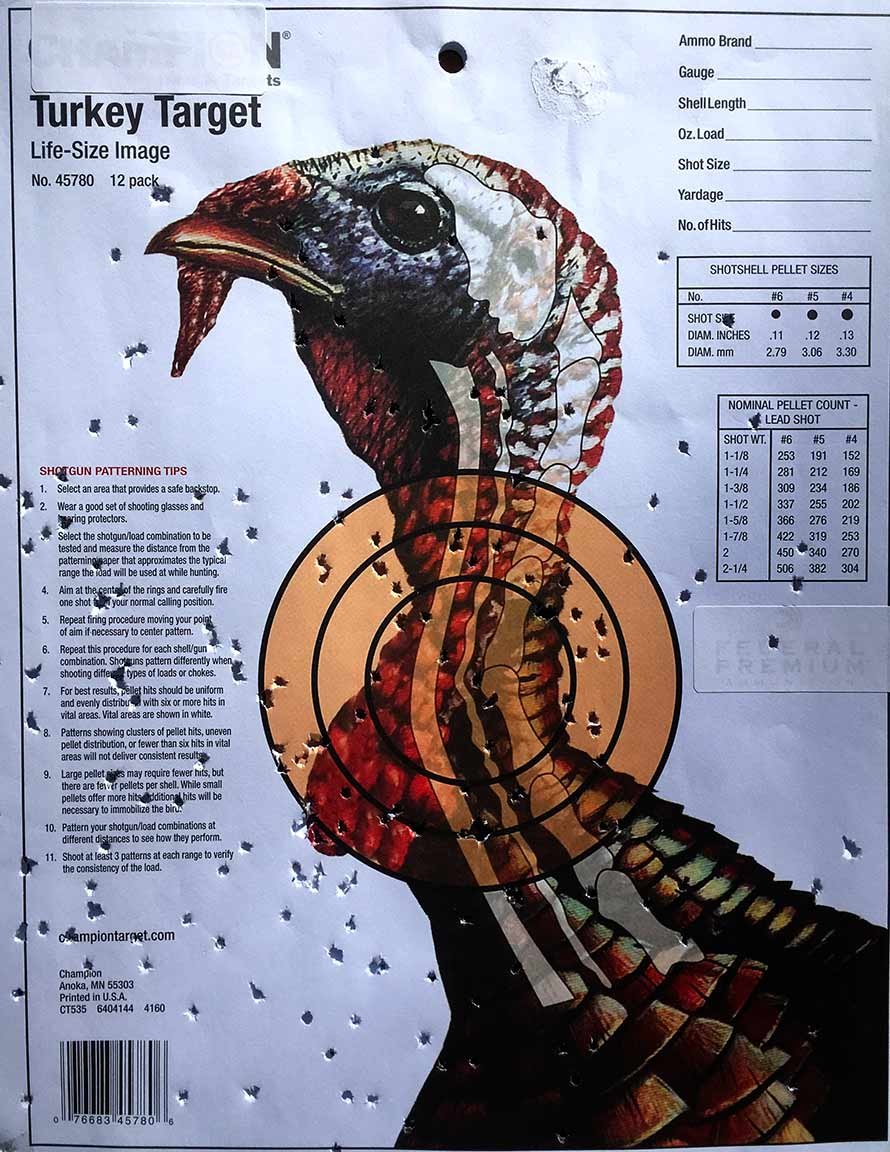
Results of the B&P Magnum Turkey at 40 yards. A killing shot!
Let’s be safe out there
As in any hunting situation safety is always important. In addition to the standard rules of firearms safety, several specific factors should be considered.
These particularly apply when hunting on public land where you may encounter other hunters and everyone is wearing camouflage clothing. Never assume you are the only hunter in the woods or fields.
Avoid wearing or carrying any colors similar to the turkey’s natural colors of red, white, blue, or black. That includes items such as red or white handkerchiefs or socks with any of those colors. As safe as you may be, other hunters may not be so.
It is always a good idea to wear blaze orange when entering and leaving the woods. Many turkey hunting vests have blaze orange panels stitched in to the back pouch or front pockets.
Protect your back.
Sit with your back to a large tree or other natural object. This will ensure another hunter that hear your calls and mistakes you for a turkey doesn’t shoot you. It is hard to believe, but it does happen.
Don’t try to stalk turkeys or turkey sounds. It may be another hunter in the area and you can’t sneak up on turkeys anyway. Their eyesight is too good and they are wary of any movement that might be a predator.
Shout “STOP!” to alert approaching hunters. Never move, wave, or make turkey sounds to get their attention.
It’s time to hit the woods
Now we are ready to hit the woods. There is no one way to hunt turkeys. Their behavior and the terrain will dictate your approach and in fact may vary every trip to the field.
There are a lot of articles you can read to get started. Here is one from Realtree on improving your chances for an opening day gobbler. Some general guidelines do apply. Patience is the watchword.
Get in the woods before daylight and listen for toms gobbling on the roost. Hunters want to be set up and be motionless before turkeys flydown from the roost.
When you select your stand choose a tree shoulder width across to conceal your profile. Remember, being unseen as the turkey approaches your setup is critical. If you do need to move make it slow and deliberate or wait until the turkey moves behind a tree or other obstruction.
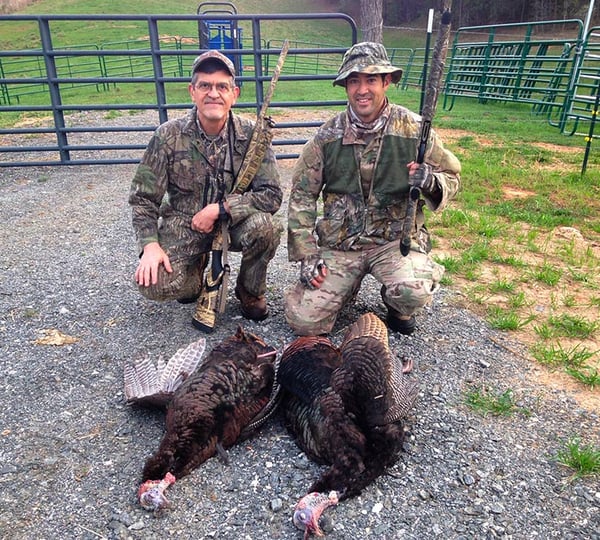
The author and his son both bagged young gobblers using the techniques described here.
If you hear toms gobbling but not coming in to your calls be patient. Many times they will walk toward a call without responding. If early morning success eludes you don’t give up. Many toms already have hens they breed after coming off the roost. By mid-morning they are looking for others to breed. Early in the season this may be your best time for bagging a dominant gobbler.
If you have the right gear, don’t stay at home if it rains. Turkeys love to get out in open fields during a light or moderate rain. If there is an open field in your hunting area and it starts raining, move there and set up. It won’t be long before the turkeys appear.
A word of caution.
Many novice turkey hunters call too much. Our instincts say the more we call the more turkeys hear it. Over calling will sometimes turn a turkey off. Respond to gobbles but not immediately. If a tom stops responding, sometimes it is best to stop calling or call sparingly. The tom may be walking in quietly to see where the hen is.
That all sounds like a lot to do, but put it all together and your family will be eating roasted turkey for Thanksgiving! Along the way, you’ll be hooked on turkey hunting.

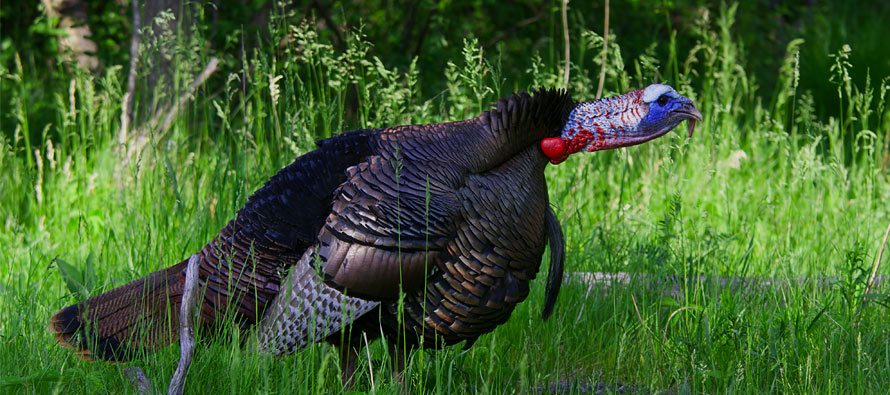
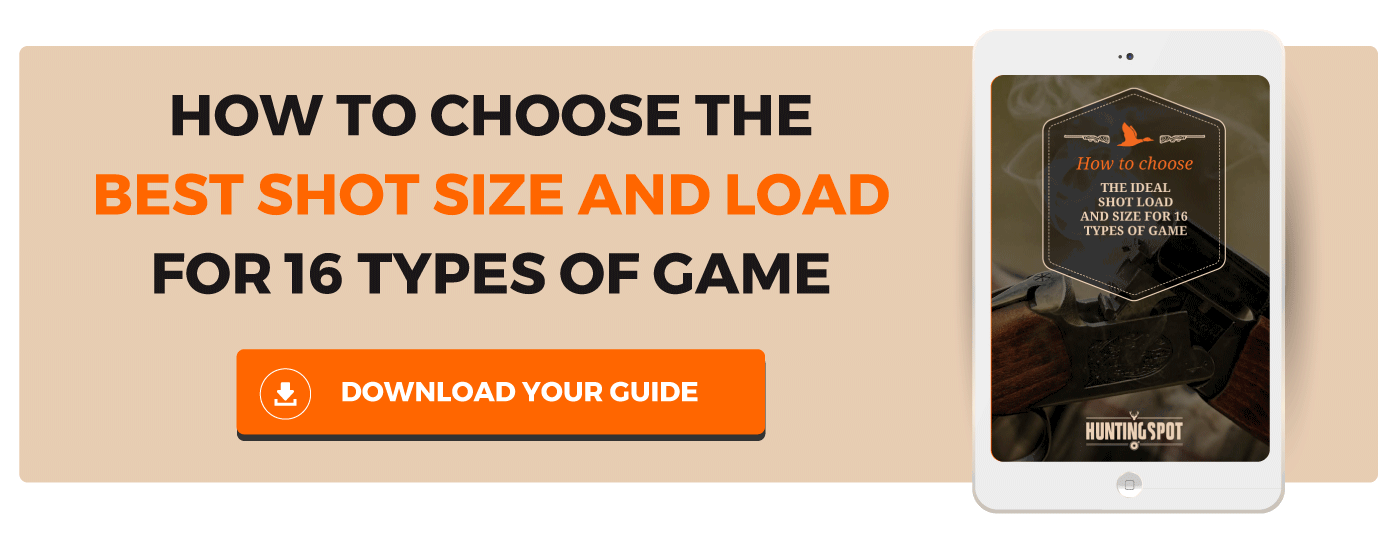
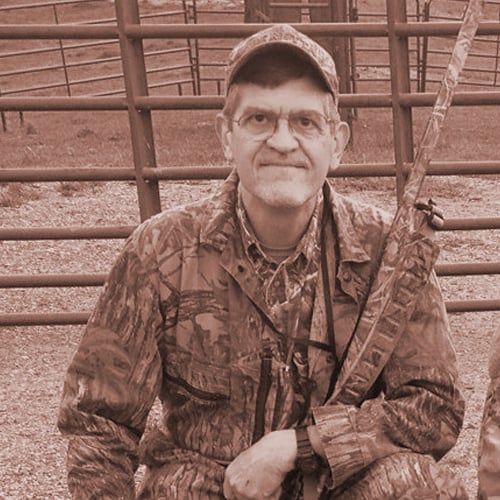
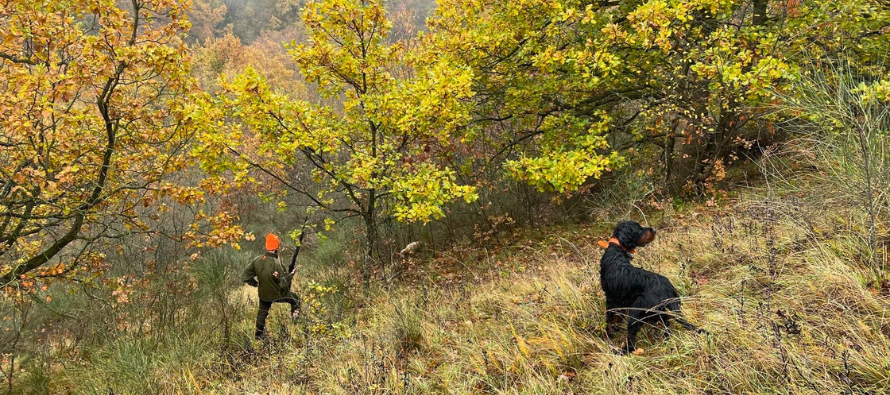
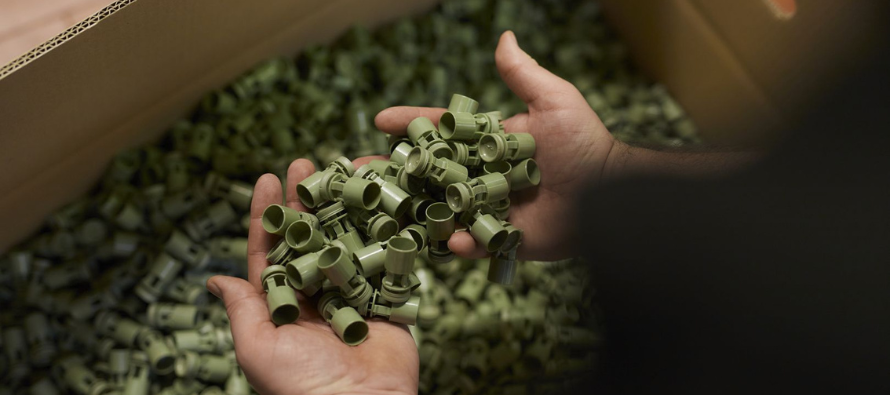

Comment this post